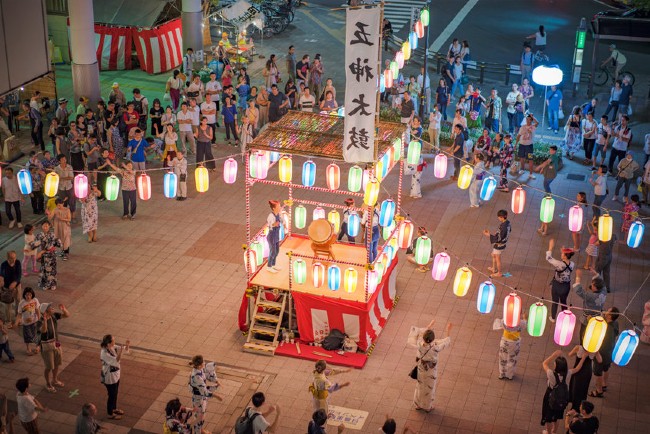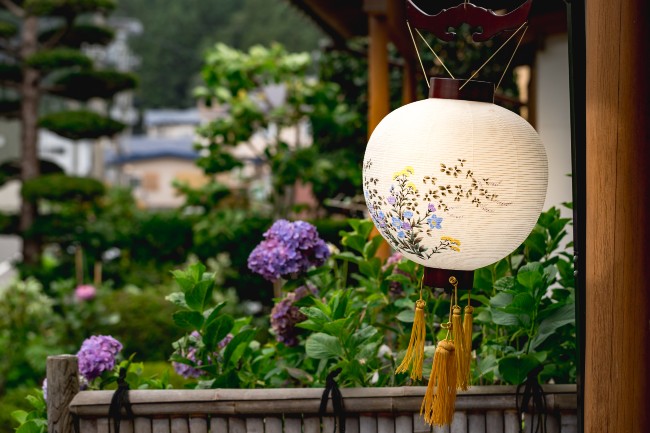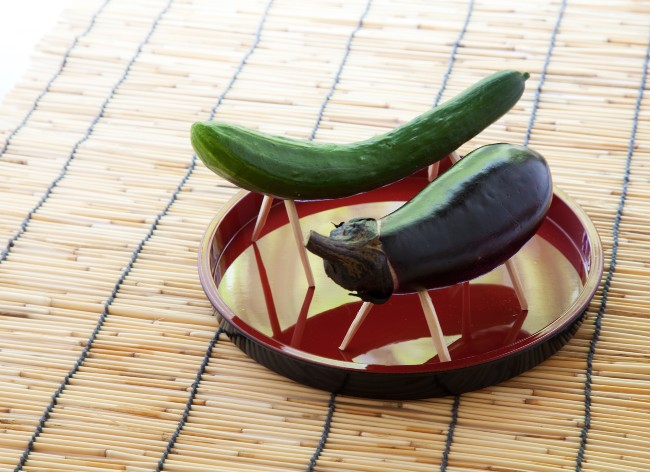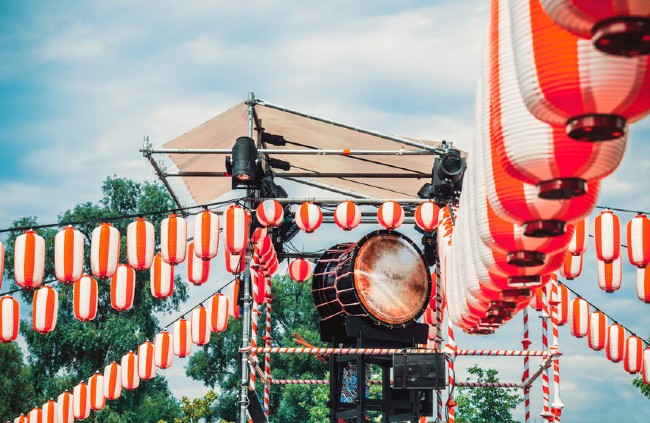Welcoming the Obon Holiday: Exploring Japanese Tradition

Japan is well-known for its festivals, especially during the summertime. Fireworks, festivities, and food is the image that comes to mind for most people. However, Obon is a festival with a difference. With a far more sombre meaning and background, Obon is one of the most important holidays and festivals of the Japanese year. Here we will cover everything about this holiday, from its origins to its customs and regional differences in Japan.
What is Obon?
Obon is a multi-day Japanese festival dedicated to remembering and honoring the dead. It is a time of homecoming, with families taking part in traditions to respect their ancestors.
The origin story is largely based on the Ten Great Disciples of Gautama Buddha. The disciple Mokuren, as he is known in Japanese, or Maudgalyayana in Sanskrit, was known for his special powers, and one day searched for his dead mother’s spirit. He found she was in the Realm of Hungry Ghosts, starving and emaciated. The Buddha advised him to make food offerings to Buddhist monks to relieve her suffering. This worked, he was able to save his mother and so the practice of making food offerings to help save the spirits of family ancestors was born.
Obon has been celebrated in Japan since the year 606.
This practice is still common today, along with offering flower arrangements. These are generally placed in front of the home’s butsudan, or family Buddhist altar. Paper lanterns are another common feature of Obon, and are intended to guide the spirits back to earth and to their home and family. As mentioned, many Japanese people return to their hometown for Obon and so the holiday also serves as a sort of family reunion for many.
When is Obon?
The timing of Obon can vary depending on the regional calendars of Japan. Traditionally, Obon should take place on the 15th day of the 7th month. According to the current solar calendar, this is July. However, according to the previous lunar calendar, this can be approximated to August. The national holidays that officially make up Obon now take place in August but many regions also conduct a July Obon.
How is the Obon Festival Celebrated?


The Obon festival is celebrated in a range of ways differing from region to region and even from family to family. Some of the key aspects include visiting and cleaning ancestors’ graves and providing offerings to ancestors to aid their passage in the spiritual realm. There are also often fires — both bonfires and lanterns — to guide the spirits. Traditional festival dances and music take place as well. These can consist of folk dances and traditional taiko drums and music, which are intended to welcome and celebrate the dead.
There is also a period of gift giving among Japanese businesses called ochugen. The purpose of this Obon custom is to show gratitude, and the value of the gift is reflective of the gratitude you wish to show (though it is important to remember that the gesture means more than the gift itself).
Read More: Gifts for Japanese Businesspeople: Etiquette Tips for Expats
What to Do During the Obon Period?
While the proceedings of Obon can vary between regions, there are many consistent factors, and they often take place in a consistent order. The standard order is as follows, although some families will skip certain aspects, combine two days into one, or add regional variations.
Cleaning the House
Before the official Obon period starts, it is common to clean the house to remove any negativity and be able to welcome the spirits. Fruit, vegetables, and flowers are often made as offerings at this time to the butsudan.
Paper Lanterns & Welcoming Fires


The first day of Obon usually involves chochin, or paper lanterns. These are lit in the house and taken to the graves of dead relatives. Mukaebi, or welcoming fires, are also often lit in front of the house. Both of these methods are intended to guide the spirits of ancestors back to earth and to their family. Sometimes the mukaebi bonfires take place on the second day of Obon, which is usually the first day of the official holiday period.
Spectral Horses


Another common practice is to create “spectral horses,” a cucumber and an eggplant with toothpicks as legs. These are intended to represent a horse (the cucumber) and a cow (the eggplant). Families want their ancestors to return quickly on the horse and leave slowly on the cow.
Bon Odori
The second day is when the main festival portion of Obon takes place. This is called Bon Odori and consists of music, dance, and traditional taiko drums to welcome the spirits. Anyone can take part in Bon Odori, and it can be a great experience even for foreigners.
Honoring the Spirits
The third and fourth days of Obon are the most serious, with cleaning the graves of family members as standard practice. It is also common to either perform a traditional memorial service or provide offerings to temples. After this, it is common to have a family lunch in memorial of the dead, to reminisce. This often consists of shojin ryouri, or vegetarian Buddhist cuisine.
Farewell Bonfire
The final day of Obon involves okuribi, or bonfires intended to guide the ancestors back to the spiritual realm. In some regions these are large displays of fire. In recent times, toro nagashi, or floating lanterns, have also been popular for this purpose.
Regional Festival Traditions


As mentioned, there are many regional variations when it comes to celebrating Obon. Some regions have become famous for certain aspects of their Obon traditions. These include:
Gozan no Okuribi in Kyoto
Kyoto has become well-known for its spectacular okuribi fire display. Bonfires are lit in the shape of huge kanji characters carved into the mountains surrounding Kyoto. The bonfires are lit by monks and there are five separate characters on display. They measure up to 160 meters wide and can be seen from anywhere in the city, as long as there isn’t a building blocking the view. It is common for residents to go to popular viewing spots and enjoy the view and festival food.
Spirit Boat Procession in Nagasaki
Nagaski has a very unique variation on the traditional Obon festival. As an area that was once the only open trading port in Japan, Nagasaki has many international influences.
One of these influences is thought to be the Spirit Boat Procession, based on a number of Chinese festivals. Traditionally, families would build a spirit boat to help send deceased relatives to the spirit world. They would then carry the boat to the sea where it would be burned.
In recent times, it is common for families to join together and have “neighbourhood boats,” which are quite large. This is an impressive proceeding, and is made even more so by fireworks taking place while the boats are on route to the sea. The fireworks are intended to keep away evil spirits while the spirits of ancestors are on their journey.
Gujo Odori in Gifu
The Gujo Odori in Gifu is considered one of the three most important festivals in Japan and actually takes place over three months, from July to September. However, it culminates around the Obon period in August.
The festival consists of 10 unique and recognizable dances, which take place from sunset to sunrise. The singers and musicians sit in a small float while the dancing takes place around it. Many people come to Gifu to see these dances and take part, as anyone is able to join in with the dancing. The dances are easy to learn, and locals are happy to help beginners.
Awaken Your Spirit with the Tradition of Obon
Obon is one of the most important holidays of the Japanese year. It is a time when families come together, when they can feel close to lost relatives, and honor the deceased. However, it is not an entirely sad occasion, with many festivities taking place. Obon welcomes and celebrates the dead returning to the physical world. Visiting and taking part in some of the regional celebratory variations is a great way to experience a greater depth of Japanese culture.
















